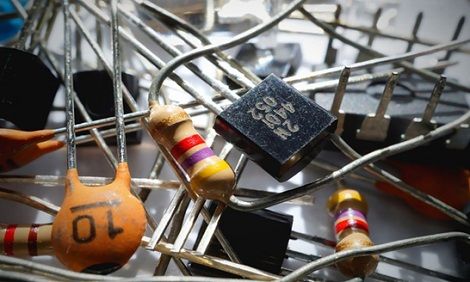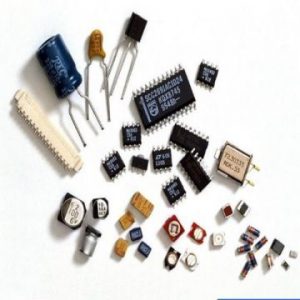Identifying a component is an essential task in various industries, including electronics, automotive, and manufacturing. It involves determining the type, function, and specifications of a component to ensure its proper use and integration into a system or product. In this article, we will discuss the key steps and techniques for identifying a component, as well as some common challenges and solutions.
Step 1: Gather Information
The first step in identifying a component is to gather as much information as possible about it. This may include its physical characteristics, such as size, shape, color, and markings, as well as its functional properties, such as voltage, current, resistance, capacitance, and frequency. You can use various tools and resources to obtain this information, such as datasheets, manuals, schematics, catalogs, and online databases.
Step 2: Analyze the Information
Once you have gathered the information, the next step is to analyze it to determine the type and function of the component. You can use various techniques for this, such as visual inspection, measurement, testing, and comparison. For example, you can use a multimeter to measure the voltage, current, and resistance of a component, or a microscope to examine its markings and structure. You can also compare the component with similar ones to identify any differences or similarities.
Step 3: Verify the Information
After analyzing the information, the next step is to verify its accuracy and reliability. This is important because some components may have counterfeit or fake markings, or may be damaged or defective. You can use various methods for verifying the information, such as contacting the manufacturer, testing the component in a controlled environment, or using specialized equipment or software.
Common Challenges and Solutions
Identifying a component can be a challenging task, especially when dealing with complex or obscure components. Some common challenges include:
- Lack of information or documentation
- Counterfeit or fake components
- Damaged or defective components
- Non-standard or custom components
To overcome these challenges, you can use various solutions, such as:
- Reverse engineering or disassembly
- Testing and analysis
- Collaboration with experts or suppliers
- Using specialized tools or software
Conclusion
Identifying a component is a critical task that requires careful attention to detail and expertise. By following the key steps and techniques outlined in this article, you can ensure that you identify components accurately and efficiently. Remember to gather, analyze, and verify the information, and to use appropriate solutions for any challenges that may arise. With these skills and knowledge, you can become a valuable asset in your industry and contribute to the success of your projects.





+ There are no comments
Add yours